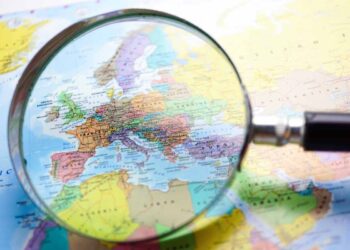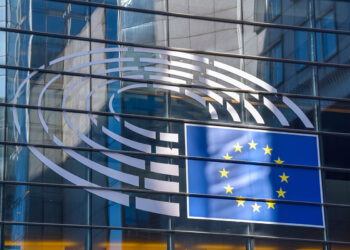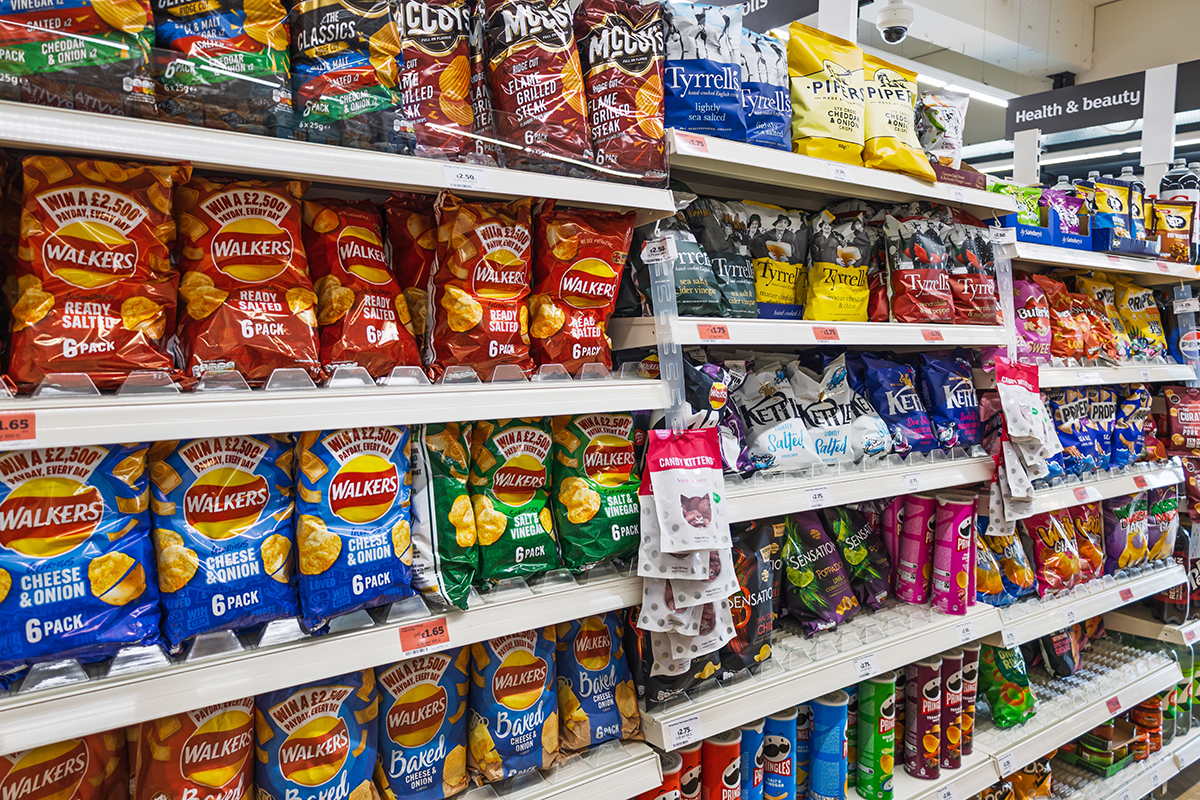In less than a month, Europe has laid out its legislative and long-term policy blueprint on waste and recycling. After a marathon session that took place just before Christmas (Dec. 18), the European Parliament, Council and European Commission reached a provisional agreement on the legislative part of the Circular Economy Package, a set of laws and actions designed to guarantee a more resource-efficient future for Europe.
The agreed waste legislative proposals amend six key pieces of legislation, including the Waste Framework Directive, the Packaging Waste Directive, the Landfill Directive, and the directives on electronic and electrical waste, on end-of-life vehicles, and on waste batteries and accumulators.
Disagreement originally took hold between the two European Union (EU) co-legislators, the European Parliament and Council, particularly regarding the headline recycling and packaging targets, the calculation methodology and extended producer responsibility (EPR).
Here is a short summary of some key legislative amendments, which have been agreed upon:
- A 55 percent binding target for recycling of household waste by 2025, 60 percent by 2030 and 65 percent by 2035.
- A cap on landfilling of waste to 10 percent by 2035.
- A new recycling calculation, which moves the point of measurement of the weight of material from collection (or the first sort) to the input of the final recycling facility, after all sorting has taken place. If this weight cannot be obtained because recycling took place overseas or material was handled through third-party brokers, then derogation from this point of measurement requires applying the percent losses (in other words, it must account for all the contamination that was sorted out before the material was converted into clean cullet, melted into post-consumer resin or re-pulped into paper, as examples).
- “Average loss rates” will have a significant impact on recycling rates, in particular where collection and sorting are less efficient. The method for determining those “average loss rates” will be set in law by the Commission. Without going into detail, the agreement text clearly suggests that all contamination must be removed from the weight of recyclables being reported, including any material which was used as backfill in roads and used as fuel/energy from waste (EFW). The exception is metal recovered from EFW for recycling.
- New legislated methods for calculating biowaste recycling/composting.
- On EPR, while the text of the provisional agreement is still not public, information from the Council and the Parliament suggests that producers will be required to pay for up to 80 percent of the costs for new EPR programs and EU programs and 50 percent for existing national programs.
- For packaging, EU member states will need to recycle at least 85 percent of their paper and cardboard by 2030; 75 percent of their glass; 60 percent of aluminum; 80 percent of ferrous metal; 30 percent of wood; and 55 percent of their plastic packaging.
- The overall target for packaging is set at 65 percent for 2025 and 70 percent for 2030.
- There is a 5 percent bonus or reward for member states that reuse packaging.
- For member states that are unable to meet all the material-specific targets, such as some Eastern European countries, there is a provision to “derogate” or deviate from the material targets by no more than 15 percentage points combined. However, the overall target of 70 percent remains in place. This offers the laggard countries a bit of flexibility.
- There is mandatory separate collection for biowaste starting Dec. 31, 2023, unless a strong case can be made that it is not technically, environmentally and economically practicable (as an example, consider the rationale for collecting food waste in Finland in the middle of winter).
- Mandatory separate collection of household hazardous waste by Dec. 31, 2025.
While the provisional agreement still needs final approval from the entire Parliament and Council, it is unlikely that additional changes will be made. Once the new legislation has been finally adopted in the spring, all 28 member states (including the U.K.) will have two years to transpose these new obligations into national law.
And there’s more …
Hot on the heels of the provisional agreement on the revised waste legislation, on Jan. 16 the European Commission published “A European Strategy for Plastics in a Circular Economy,” which aims at reducing the leakage of plastic in the environment by transforming the way products are designed, manufactured, used and recycled (the strategy annexes are available here). There are over 42 proposed EU measures to implement the Strategy, with a timeline for each. Among these are:
- Assessing regulatory and economic incentives for the uptake of recycled content, including green public procurement.
- Developing quality standards for recycled plastics.
- Analytical work, including a consultation process, to determine the scope of a law on single-use plastics. This law can include design restrictions/requirements and a mandate for member states to implement a charge at point-of-sale for certain products where better alternatives exist, or where funds need to be raised to help pay for mitigation efforts. These single-use items (excluding packaging covered through the Packaging and Packaging Waste Directive) include items such as disposable coffee cups, plastic cutlery, cotton swabs, straws and other single-use items, which are predominantly found in land and marine litter.
- Adopting a law for port reception facilities for the delivery of waste from ships.
- Developing measures to reduce lost and abandoned fishing gear (e.g. recycling targets, deposit return schemes and other EPR schemes that offer funding).
- Harmonizing rules on defining and labelling for “compostable” and “biodegradable” plastics.
- Starting the process to restrict the use of oxo-plastics and the intentional addition of microplastics into products.
- Commission guidance on eco-modulation of EPR fees, which would provide producers with a financial incentivize to produce more eco-friendly products through reduced EPR costs.
- Harnessing global action to reduce plastic waste and marine litter in East and Southeast Asia, as well as in the Mediterranean.
- Supporting the development of industry standards on sorted plastic waste and a certification scheme for recycling plants in the EU and other countries.
There is also a list of 15 measures recommended specifically to national and regional governments and eight measures for industry. Here are a few of the recommendations for national and regional authorities:
- Favor reusable and recyclable plastics in public procurement.
- Make better use of taxation and other economic instruments to reward the uptake of secondary plastics.
- Put in place well-designed EPR schemes, including introducing deposit return incentives, in particular for beverage containers.
- Raise the cost of landfilling and incineration and promote plastic recycling and prevention.
- Develop a global response to the increase in marine litter.
Here are some of the measures recommended specifically to industry:
- Making voluntary commitments in support of the Plastics Strategy, in particular with regard to recycled-content.
- Promoting existing alternatives to single-use plastic items.
- Implement cross-industry agreements to reduce the release of microplastics and avoid spillage of plastic pellets
Blueprint for change
The year 2018 has kicked off with a vision of what is needed in order to tackle the plastics problem in Europe. It’s a key part of the transition toward a more circular economy. Despite the complexity of the European Union – with its three decision-making bodies, 28 member states, political parties ranging from the far left to the far right, and so many different languages – there appears to be unified support for this blueprint for change.
This comes at a critical time. China’s recent and permanent ban on imports of certain recyclables appears to be the largest market disruption in the history of recycling. The EU has sent a strong signal that they are open for circular business. The blueprint is a clear commitment that new EU policy will offer investors more security, re-channel funding, and mandate national governments and industry into action.
If Europe can implement this revised legislation and the recommended measures and commitments in the Plastics Strategy are fulfilled by government and industry, it can position itself as the world leader in our new circular economy.
Clarissa Morawski is based in Barcelona and serves as the managing director of the Reloop Platform, which brings together industry, government, and nongovernmental organizations in Europe to form a network for advances in policy that create enabling system conditions for circularity across the European economy. She is also principal of Canada-based CM Consulting Inc.



























